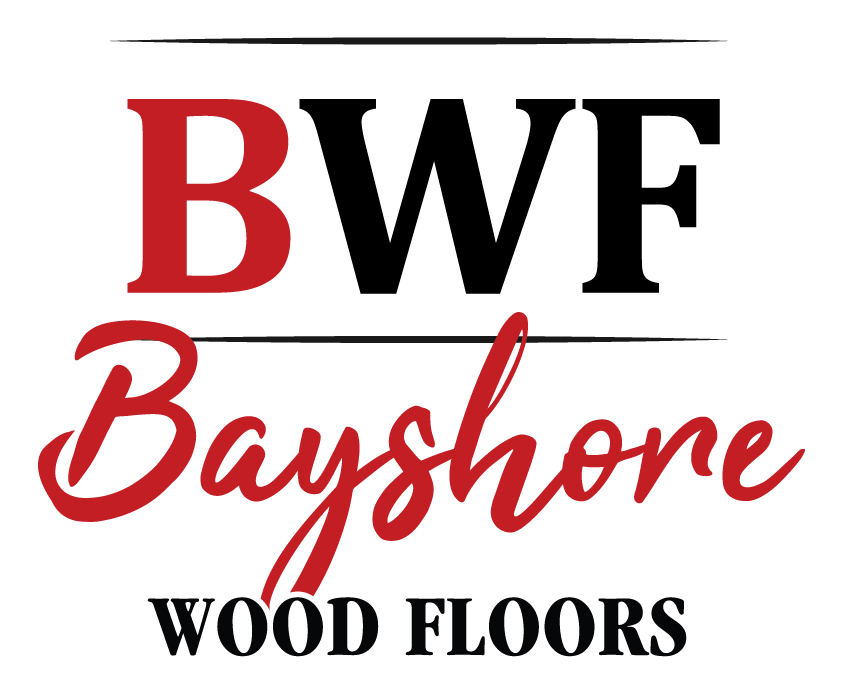Options For Pre-Engineered Wide Plank Flooring
Everything You Want To Know About Engineered Wood Flooring – And How It Compares to Solid Hardwood
As you consider what kind of high-quality hardwood flooring to install in your home or commercial setting, one of the biggest choices is between solid and durable engineered wood flooring. This introduction to engineered wood flooring is designed to answer questions and offer resources that can help to make the decision easier.


What is Engineered Wood Flooring?
Engineered wood flooring uses boards that are made of layers rather than solid wood. The top layer of engineered wood flooring is typically made of a hardwood – engineered Hickory flooring or Walnut flooring are common choices, as is Oak, Maple and Cherry. Beneath this veneer are multiple layers of wood or plywood that help to form a very stable core which is less likely to expand or contract when exposed to changes in temperature and humidity. Consequently, engineered wood flooring is ideal for installations where solid hardwood can’t be used, such as basements, over radiant heating systems or on concrete.
European White Oak
European White Oak is a particularly heavy and strong wood. European White Oak generally has a tighter grain, smaller growth rings, and more uniform color than American White Oak (Quercus alba). It ranges in color from light brown to a rich, dark brown. Perhaps most commonly, it’s a warm honey color.
Reclaimed Oak
Environmentally friendly: When you use reclaimed lumber, you decrease the demand for newly sourced lumber, which helps curb deforestation. If harvested responsibly, reclaimed wood is a renewable resource that reduces landfill waste as well as the use of environmental hazards to manufacture new products. Ask Bayshore Wood Floors about sustainable wood flooring for your home or office.
Is There Any Limitation to Where You Can Use Engineered Flooring?
In following the guidance of the NWFA (National Wood Flooring Association) engineered flooring performs best in the 30-55% relative humidity range. Engineered flooring typically does not like drier climates or climates that experience seasonal drops in relative humidity. In areas where the relative humidity drops 30% for an extended period engineered flooring can experience cracks in wear layer due to excessive dryness. This is not a defect in the product. It is simply the reaction of the structure to an overly dry environment.
What Is Wide Plank Engineered Wood Flooring?
Wide plank flooring refers to floors that use boards which are much wider than the typical 2¼” to 3” boards used in commercial flooring. A wide plank floor may use boards that are 8” to 20” or more, creating a more striking and distinctive look that allows the grain and the personality of the hardwood to shine through. Wide plank engineered wood flooring is simply engineered hardwood flooring that comes in greater widths.






